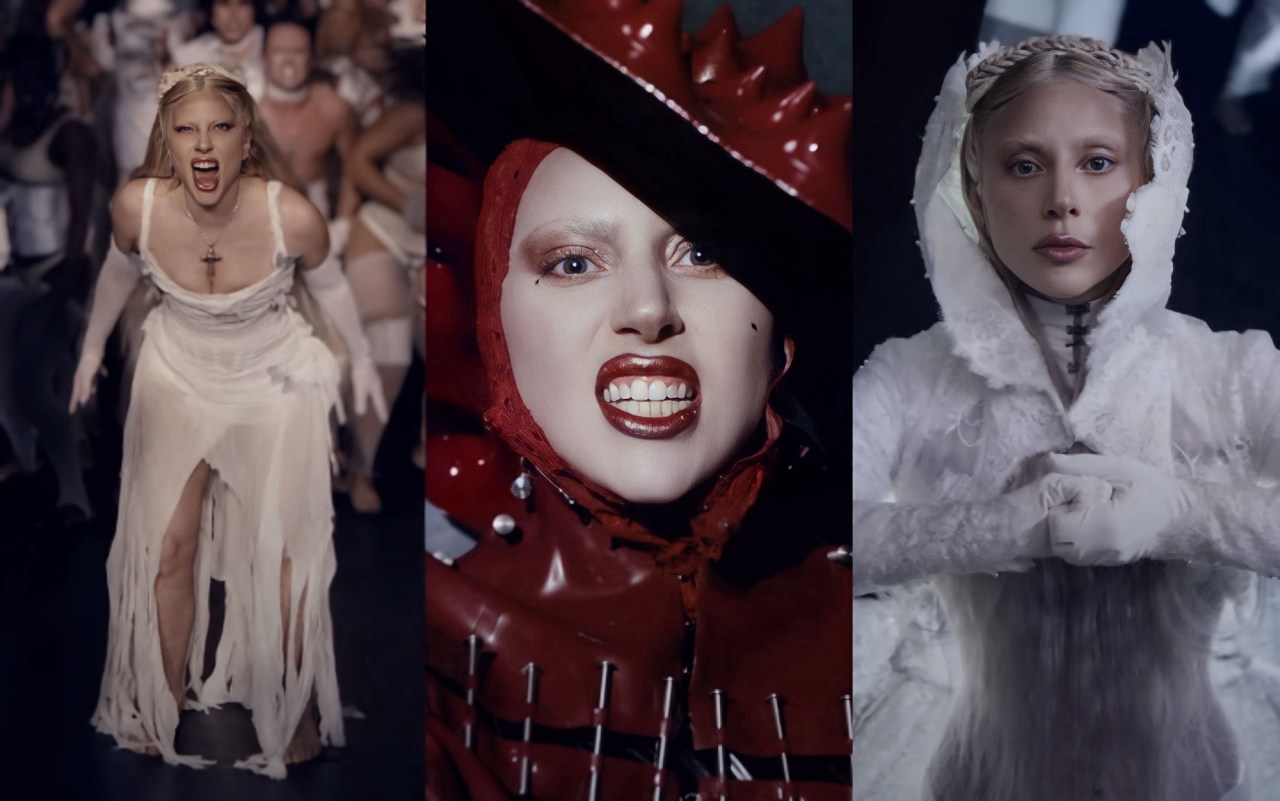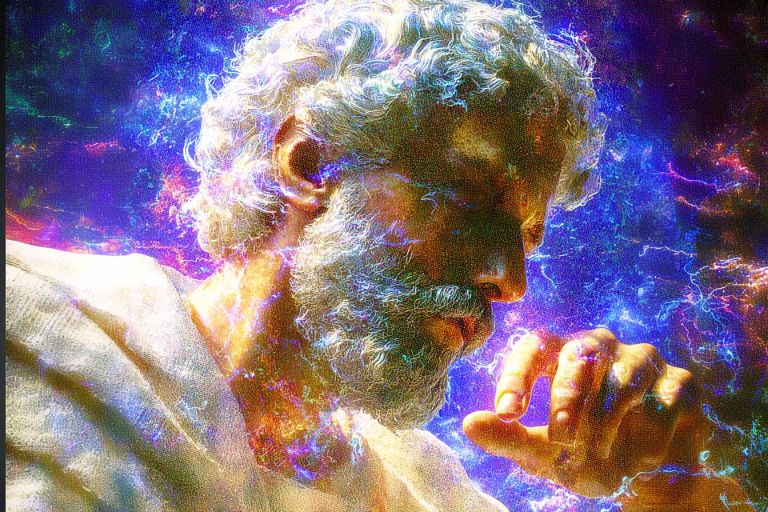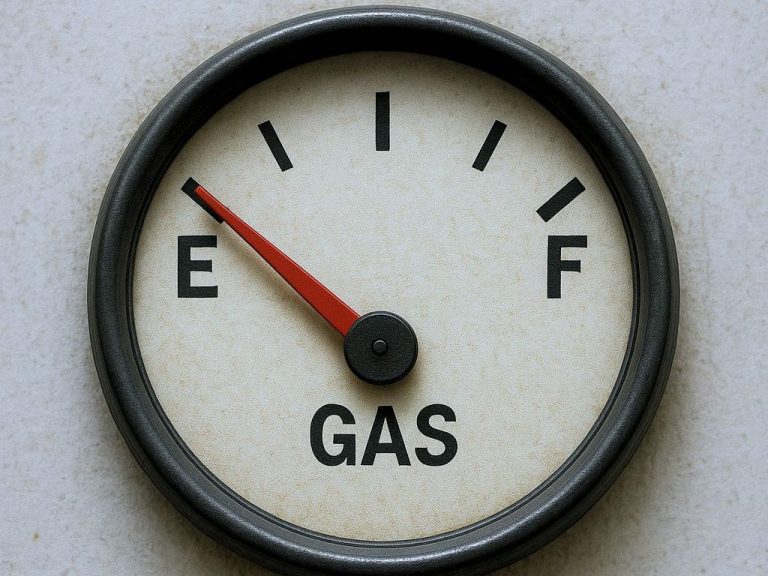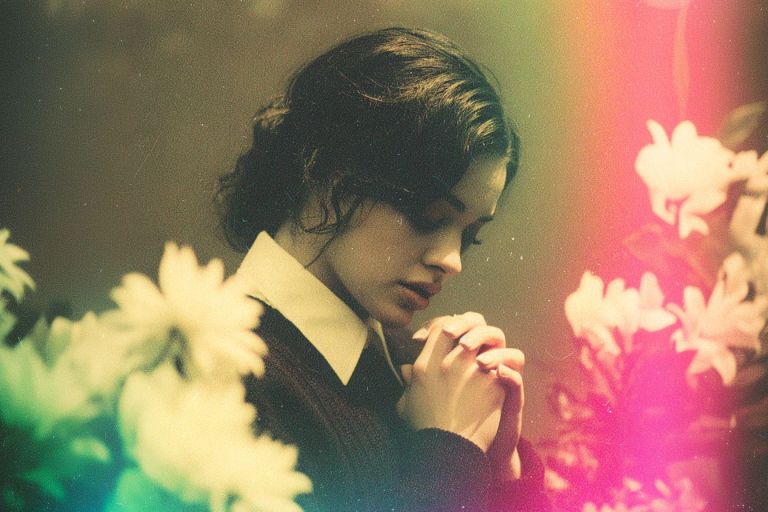
Lady Gaga Confesses She Was On Lithium While Filming ‘A Star Is Born’ – And Ended Up in Psychiatric Care After “Completely Crashing”
By Erin Whitten
Lady Gaga is thinking back on the most volatile years of her life, when her ascent into global superstardom crashed headlong into a long-bottled mental-health crisis. Today, the star reflected on how her unraveling began while making A Star Is Born, working while on lithium and burning the candle at both ends through an extraordinary run of performances and commitments. Though the Oscar-winning film became a career milestone, Gaga now recognizes that behind the scenes, she was dangerously close to the edge.
In A Star Is Born, she revealed that she filmed the entire project while on lithium, a fact she admits bluntly, devoid of drama or embellishment. Straight after production concluded, Gaga also launched the Joanne world tour, a punishing trek that stretched from August 2017 to February 2018. During that time, she “fell to pieces.” Her sister confronted her: “I don’t see my sister anymore,” she said, a phrase which pierced Gaga enough to force her to cancel the tour’s remaining dates. On one day in particular, she “went to the hospital for psychiatric care,” paralyzed and horrified by her condition. For a time, she truly didn’t think it would get better. “I feel really lucky to be alive,” she said, fully aware of how easily her situation could have gone another way.
The implosion didn’t happen all at once. The stressors which led to it had been building for years, harkening back to a long-standing trauma which returned to torment her during the Artpop era, when critical scorn and industry scrutiny cut to her core. Even after the success of A Star Is Born, she found herself starting to slip back into bad habits while working to release Chromatica. She described days where she smoked three packs of cigarettes, got high on weed and wine, and passed out on her porch. Publicly, she projected the image of an artist in a healing phase, but privately she felt powerless, disconnected from her music, and at a loss for how to move forward.
Her relationship with Michael Polansky was a breakthrough for her mental health. They met in late 2019, around the time she was finishing Chromatica, and he quickly became aware of how scattered and fragile she felt. “He’s the first person that I dated that actually cared about Stefani as Stefani,” she said of Polansky, whom she plans to marry soon. “I think you know when somebody’s talking about you in a loving way, as who you are. You know when somebody likes you. And he loved me and cared about me.” Polansky, a serious, private figure who eschews the spotlight, saw her cry as she tried to write songs and observed how far she’d drifted from the craft that once grounded her. In his presence, she was able to rebuild her confidence, reassert her value, and slowly reconnect to her creative instinct rather than the machinery which had come to consume her.
That hard-won strength was soon tested again with Joker: Folie à Deux, a film where her performance as Harley Quinn was generally praised but which was received very negatively on the whole. For many, the sequel’s tone, which veered away from the grim realism of the first film and towards a surreal, musical psychological freefall, was disorienting and not in line with what fans were expecting. The criticism quickly turned intense and Gaga’s reaction surprised even her. “When it first started happening, I started laughing,” she said. “It was just getting so unhinged.” As the backlash continued over time, it began to hurt, but she was able to process the pain through her art, transforming it into the bracing imagery and metallic emotional core of her Disease music video. That project marked the emergence of Mayhem, a persona which gave form to her darker, more volatile inner voice.
Her artistic exploration of the fractures inside her runs deep. In performance, and in her latest music, Gaga is wrestling with the duality within herself: the chaotic, self-punishing Mayhem, and the softer, lighter Ethereal Gaga. The two forces battle each other in her stage show as much as they did in her real life. For years, she believed in the idea that suffering was essential for her art, that she had to push herself to inhuman extremes, that embracing punishing work schedules and absorbing the pressures of being seen as a product rather than a person were requirements. That belief, she now understands, nearly killed her.
Today, after clawing her way back from psychosis, addiction, burnout, and public hostility, Gaga views herself as “a healthy, whole person.” The path to that place was long and brutal, involving a literal reconstruction of her identity and a reckoning with the ways she was taken advantage of, pushed too far, and widely misunderstood. Polansky remained at her side throughout that process, both a creative partner and an emotional anchor. They now plan to marry soon and hope to have a family, something Gaga once declared would never change her persona, but now looks at differently. With a laugh, she says that her old vow was a lie, a relic from a younger version of herself who hadn’t yet survived the battles she now knows so intimately.











